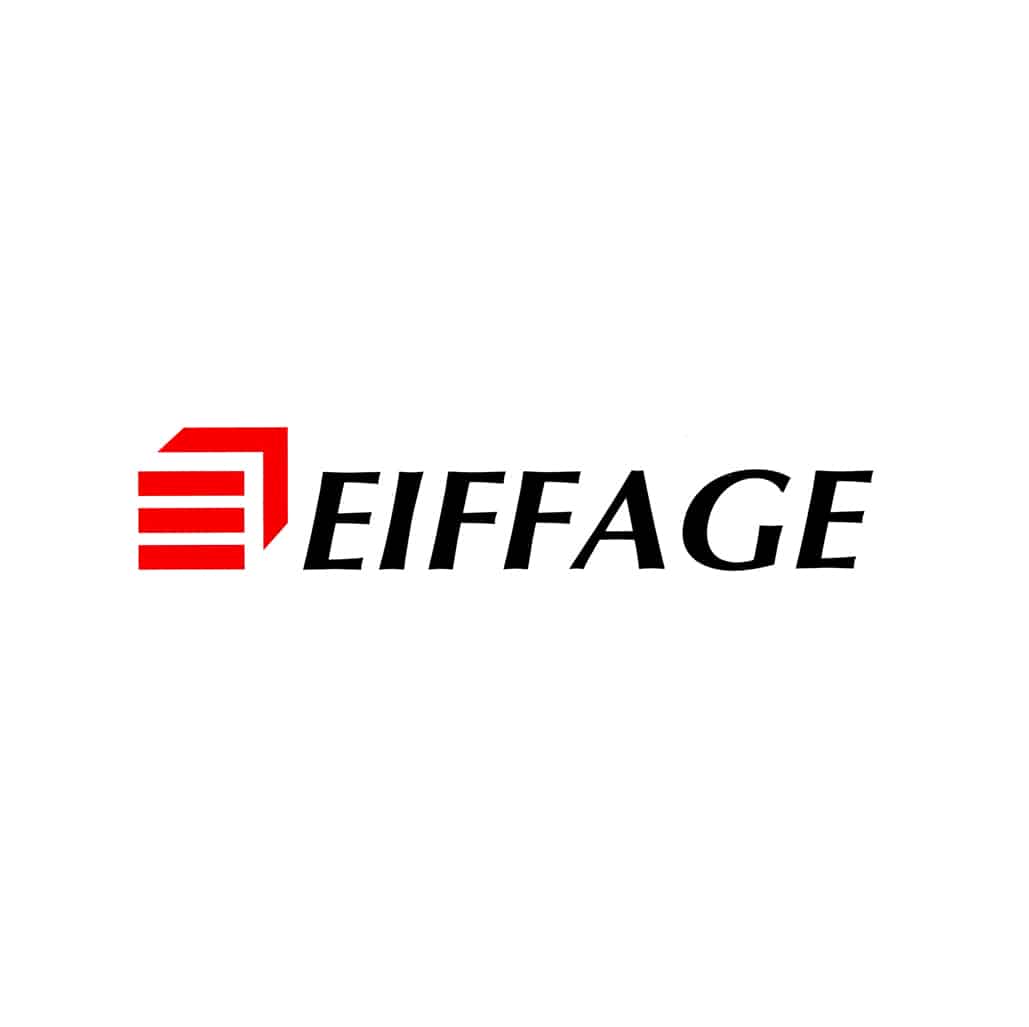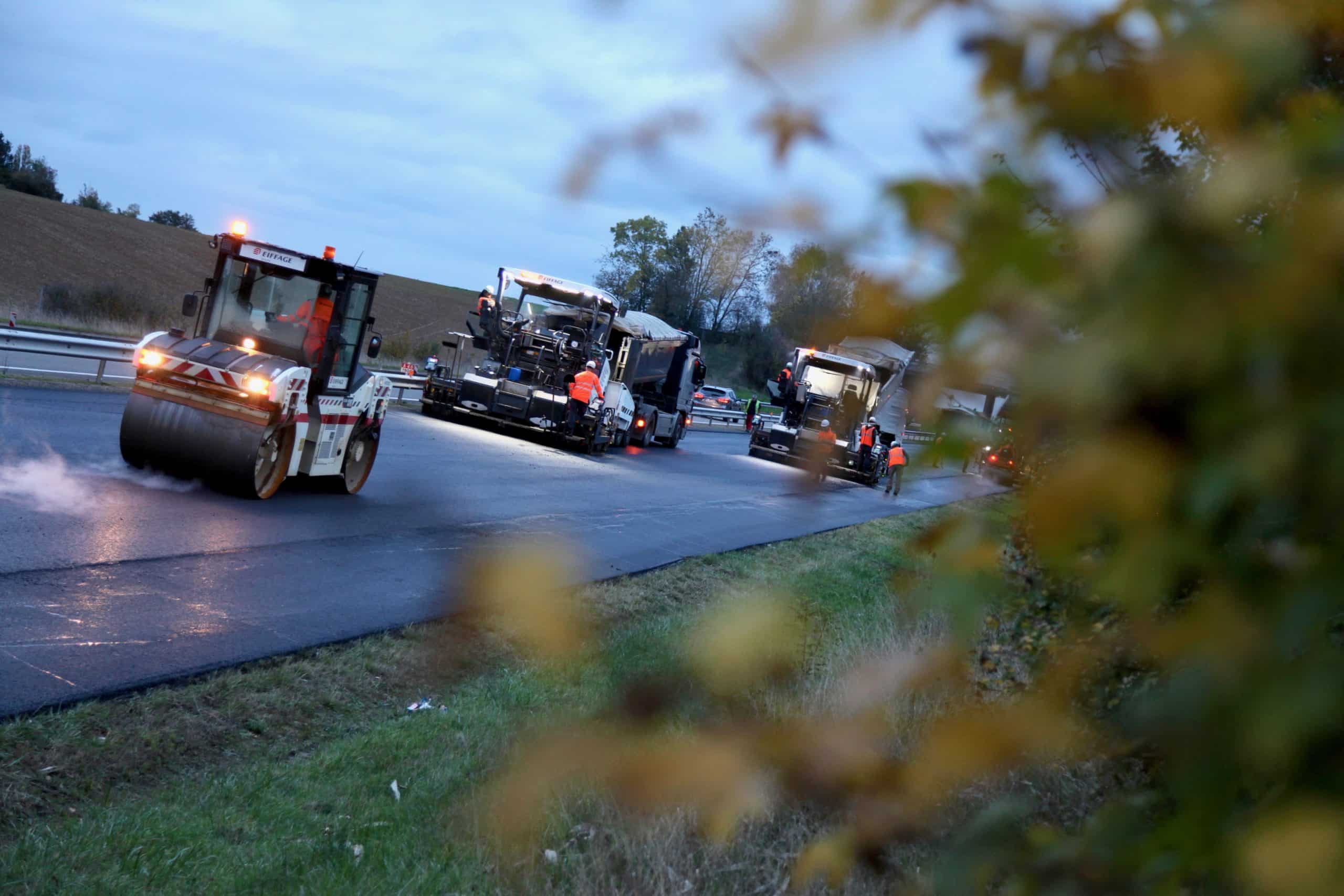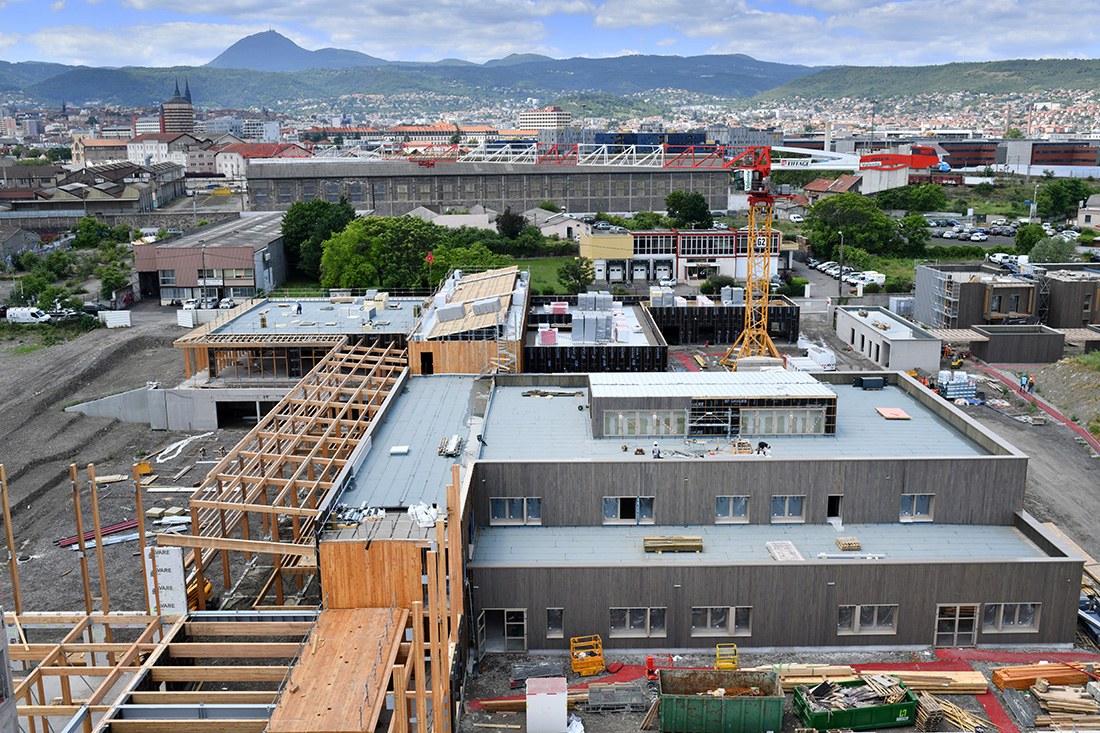
Use of BioKlair®, a natural and permeable road-surfacing mix, on the ViaRhôna
The project involved the application of BioKlair®, an eco-friendly and permeable road-surfacing mix, on a 2 km stretch of the ViaRhôna …

Build France’s first passive low-carbon nursing home in Cysoing (Nord), south of Lille.
Committed to the ecological transition for more than ten years, in 2020 the Eiffage group confirmed the integration of crucial issues linked to climate change and the erosion of biodiversity into its strategy.
The change management process led by the Group is based on a triple approach – low-carbon strategy, transition to the circular economy and preservation of biodiversity and ecosystems – which corresponds to the three pillars of the ecological transition. In each of these areas, new commitments were made and commitments that were already well established were renewed and amplified.
In this respect, and in accordance with the national climate change mitigation policy aimed at carbon neutrality, Eiffage is expanding its range of low-carbon solutions while seeking to industrialise those already offered by the various divisions.
In the case of the Cysoing nursing home, the building’s carbon footprint is reduced thanks to a combination of several solutions:
– the use of wood, with the installation of timber-framed walls – i.e. pre-insulated prefabricated cladding on the facades to create the structure for the first and second floors of the building, ensuring both quality and rapid installation, as well as CLT floors;
– the use of renewable energies, the care home will be equipped with solar panels used to preheat the facility’s domestic hot water supply;
– the reduction of construction impact, with the installation of prefabricated modules manufactured by Eiffage Construction Industries – bathrooms assembled in the workshop as a single block, before being transported on site.
Wood: 80% of the building’s structure
Primary energy consumption
93.5 kWhpe / m².year
(Method of calculation: RT 2012)
The project’s strong points include its massive use of wood and the optimisation of materials, thanks to the industrialised manufacture of various elements (pre-insulated wooden facade cladding, prefabricated turnkey bathroom units assembled at Eiffage Construction workshops – HVA Concept™ units). The bathroom modules have a 40% reduced weight compared to conventional bathroom units.
The LCA (Life Cycle Assessment) calculation carried out during the design phase as part of the E+C- labelling, with the objective of reducing the carbon emissions of construction products and equipment and energy consumption, was confirmed during the execution phase. The LCA confirms the E3C1 level in this respect (see below).
It should also be noted that the nursing home has a nature-based design approach: grey-tinted larch will be used for all the facades and the block roofs will be planted with succulents to help with heat regulation.
This flagship project in terms of low-carbon construction involves teams from Eiffage Construction Nord, Eiffage Services as well as the Group’s Sustainable development and transverse innovation department. Eiffage Services, a subsidiary of Eiffage Concessions, will be responsible for the operation and maintenance of the building for the first five years. The entire project was carried out using BIM Management Operation Maintenance (GEN) tools. The data collected will be used to facilitate the maintenance and operation of the facility over time.
on which the project has a significant impact
Scope 1 – relating to worksite activities.
Scope 3 – Construction products and equipment, energy consumption during the life of the structure
Emissions Absorption –The use of wood, with the installation of timber-framed walls: pre-insulated prefabricated cladding on the facades to create the structure for the first and second floors of the building, as well as CLT floors.
E+C- and PHPP calculation methods
Consolidated carbon footprint data
To reduce the carbon footprint of the materials used, the building uses a wood / concrete mix: wood has been widely favoured on both floors, where it represents 80% of structural materials compared with 20% concrete. On the ground floor, the proportion is reversed with 80% concrete for 20% wood.
This passive solution includes a thick layer of insulation, all thermal bridges being remedied. A heat pump is being installed for heating and domestic hot water requirements.
More than 2,600 tonnes of carbon were avoided on this operation, as shown by the consolidated carbon footprint data:
For more information, download the complete project sheet
11 million excl. VAT
2019
Cysoing, Nord
The project allows two nursing homes, Cysoing and Templeuve-en-Pévèle, to be regrouped at a single site, with two buildings housing 88 beds, making it possible to streamline the buildings’ footprint.
Reduced impact on land and preservation of water resources
Soil sealing operations are reduced, and the presence of open ground and the planting of local and resistant species have been favoured on site. In addition, site crews did not use piles and applied soil reinforcement techniques. The absence of underground parking and the installation of grassed paved parking areas also help to reduce land artificilisation.
Rainwater runoff collection pits have been set up along with pumps, to recover rainwater used for watering the landscaped areas.
This global performance contract, including the design, construction and operations and maintenance services for a period of 5 years, made it possible to better integrate the concept of sober energy use in the operation, maintenance and servicing phases.
By associating upstream the design teams with the teams responsible for the execution of the works and the facility’s operation, unlike conventional project management contracts, the consortium was able to be more proactive in developing the most innovative solutions best suited to the project’s characteristics, across the entire lifespan of the building. For example, Eiffage Construction Nord offered a more energy-efficient solution for the building’s heat production systems, in order to optimise investment costs while at the same time reducing operating costs.
Generational diversity and social inclusion
Additionally, in order to promote the optimal integration of the project into the urban fabric of the local area, i.e. close to the town centre and public facilities already connected with the Cysoing nursing home site (e.g. nurseries, schools and secondary schools), a site was selected at the junction between a business park and various community facilities (football pitch, schools, etc.)
The outdoor spaces have been designed as an extension of the building itself and are arranged in a series of themed flower and vegetable gardens, shared between the residents and people in the local area. These outdoor spaces provide a place to meet and enjoy the environment, and contribute to the therapeutic dimension of the nursing home, enabling residents to spend time “outside the walls” in contact with nature.
The project therefore aims to be both open to the city and intergenerational, promoting multi-functional use and social inclusiveness, with:
– a rear pathway leading into the city,
– the integration of a play area for children in the rear garden of the nursing home, to encourage contact between elderly residents and the local population,
– communal allotments located in the nursing home’s garden.
Care of the most vulnerable
The facility focuses on supporting its residents’ dependency needs but also maintaining their social life, offering a new pathway in terms of housing for the elderly population of the Cysoing area.
Maintaining full autonomy at any age does not necessarily equate with staying in the same accommodation. Walk-in showers, light paths, ergonomic equipment, domestic automation, etc. – there are many new types of tools and equipment that can prove necessary after a certain age, in order to be able to continue living well in the community, “at home”.
Far from the image conjured up by the traditional “hospice”, EPHAD nursing homes have evolved over many years to become more human-centred. Staff are trained to care for residents who are sometimes highly dependent and who may have Alzheimer-type pathologies or senile dementia. As part of the Alzheimer’s living unit (UVA) at the Cysoing nursing home, an external pathway has been installed to allow residents to walk around in complete safety (see illustration below).
The project and the solutions proposed by Eiffage Construction enable significant carbon savings, in line with the Group’s low-carbon policy.
The mixed wood / concrete solution and the prefabricated bathrooms, offer a very high potential for duplication, reinforced by the compact design of the building. The project is an effective demonstrator, since the building system used is transferable to other types of construction, particularly hospitals or EPHAD nursing homes, palliative care centres, intergenerational housing, etc., given that it is divided into four components:
Associated partners: GO and Paindavoine-Parmentier architect firms, Ingerop, Verdi, Behal Legrand, Akoustik, Eiffage Services
Marc-Antoine Jacqz – marc-antoine.jacqz@eiffage.com

The project involved the application of BioKlair®, an eco-friendly and permeable road-surfacing mix, on a 2 km stretch of the ViaRhôna …

Eiffage has developed a plant-based asphalt composed of a bio-sourced binde, derived from…

The Eiffage group is building the Hypérion tower in Bordeaux (Gironde). The tower has a carbon footprint of 870 kg CO2 eq. / m² floor area, which is 45% less than a conventional building…

Eiffage is building a new high school in the Clermont urban area, under a design and build contract…
AFEP (Association of French large companies) is an association representing 111 of the largest companies operating in France. It participates in the public debate with the ambition to provide pragmatic answers in favour of the development of a competitive and sustainable French and European economy, conducive to the growth of all companies.